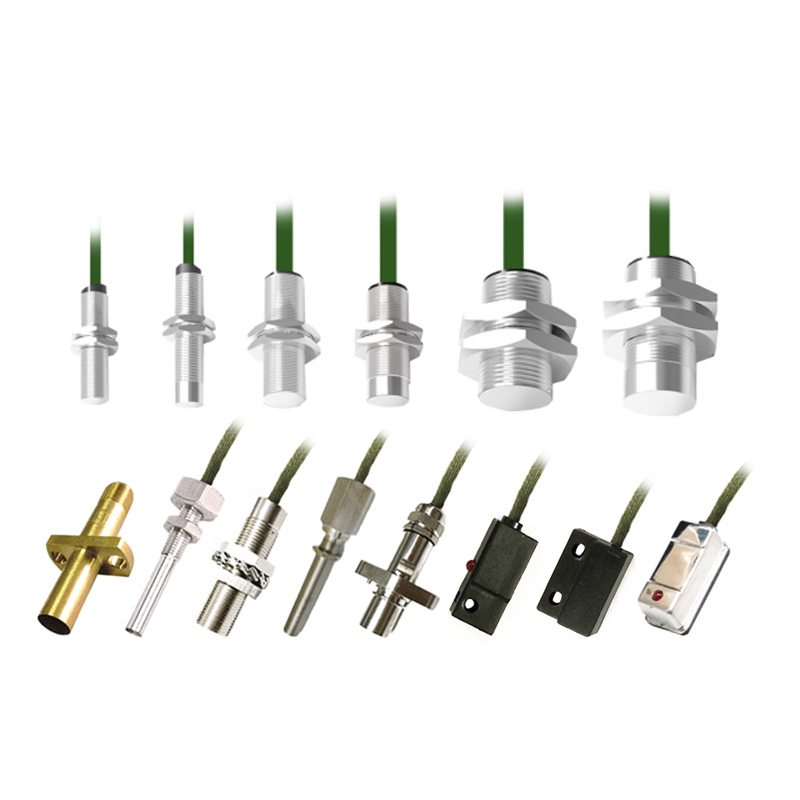
check

check

check

check

A sensor is a device used to measure and detect environmental conditions, which can convert physical quantities or events into electrical signals that can be processed. Common sensor types include temperature sensors, pressure sensors, humidity sensors, etc. In sensors, the signal output can be divided into analog signals and digital signals.
First, let’s understand what an analog signal is. When a sensor measures environmental conditions, it converts the measured physical quantity into a continuously varying voltage or current signal. This continuously changing signal is called an analog signal. The change of the analog signal can take any value within a certain range and is usually expressed in a continuous manner. Analog signals can be interpreted by using the voltage or current values output by the sensor. For example, a temperature sensor can output an analog signal that represents the current ambient temperature value.
The opposite of analog signals is digital signals. A digital signal is a signal that is represented in a discrete manner and can only take on a limited number of values. The physical quantity measured by the sensor is converted into a binary code or digital form. A digital signal is represented by a set of discrete numbers, where each number represents a specific physical value. This makes digital signals easier to process and transmit. Digital signals have higher immunity to interference and are more stable because they are not affected by the noise and interference found in analog signals.
So what is the difference between analog signals and digital signals? First of all, digital signals have significant advantages in terms of storage and transmission. Digital signals can be transmitted at high speeds over networks and copied and disseminated without loss of information. On the other hand, analog signals often require longer transmission distances or dedicated signal lines to maintain signal quality. In addition, digital signals are easy to process using computers and other digital devices, such as using algorithms for data analysis and processing. Analog signals need to be digitized through an analog converter before they can be processed by digital devices.
Secondly, regarding precision and accuracy, digital signals are superior in this regard. Due to the discrete nature of digital signals, their values can be represented by using more bits and with higher resolution than analog signals. This makes digital signals more suitable than analog signals for applications that require high precision and accuracy, such as scientific experiments or engineering measurements.
Finally, digital signals also have greater flexibility in terms of the number and types of sensor application scenarios. Integration of multi-sensor networks and data can be easily achieved using digital signals, whereas with analog signals, multiple signals may require complex circuit design and tuning for integration.
In summary, the output signal of the sensor can be an analog signal or a digital signal. Analog signals are signals that vary continuously, while digital signals are signals that are represented in a discrete manner. Digital signals have advantages such as ease of processing, transmission and higher accuracy. Analog signals have a wide range of application scenarios, especially when transmitting over longer distances or requiring lower-cost circuits. According to different application requirements, we can choose suitable sensors and signal types to meet specific measurement and detection needs.









